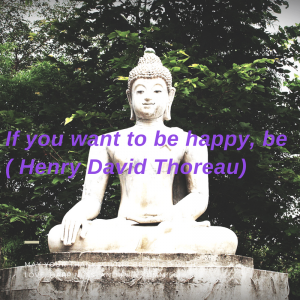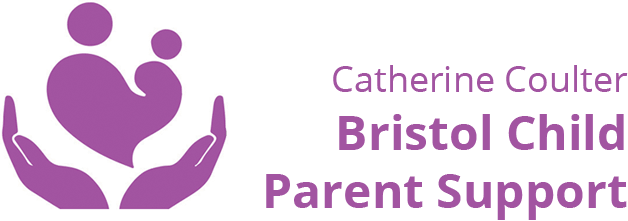Mindfulness, what is it?
Mindfulness focuses on the here and now and is very popular with health professionals. Research shows that it can boost mood, help to relieve anxiety and promote calm. Most of us, especially children, find it challenging to sit for 20 minutes and focus on our thoughts without judgement. Being mindful does not mean being relaxed; it is much more than a state of being; it involves awareness, focus and attention in the present moment.
Children are different
Although children are much more present than adults, children often find it hard to focus and identify feelings. This is often due to the unfinished brain.
They also inhabit a world where they are told what to do, what time to wake up, what time to go to school, etc. This will probably lead to them being pretty unfocused and not always being aware of what they are doing.
What can you do to help your child be more mindful? There is some emerging research that shows it could help your child to pay attention and calm down when they are upset. It could ultimately help with emotional regulation.
So what’s not to like? Here are three exercises you can do together. Remember to keep it simple.
Helpful Exercises
In my last post, I suggested an exercise from Pat Harvey’s & Jeanine Penzo’s book, Parenting a child who has intense emotions)
1. Start with a toy (it’s less threatening).
Let your child hold the toy/object for a minute or more for an older child. While having it, ask them to touch it, squeeze it, etc., and use as many senses as possible. Then ask them to describe it. This enables them to focus and pay attention. Please enable them to go slow and take their time.
2. Ask them to notice their everyday activities.
They start with brushing their teeth, washing their face, etc. It might be good for the whole family to do this as a focus for being calm. You could even talk about “being mindful” in one of your family meetings.
When I am stressed, it’s hard to do what I know helps; but if everyone in the family agrees, we are more likely to keep it up over time.. (Do go to my Facebook page for a free download on how to introduce family meetings)
3. Teach the raisin exercise.
Ask them to eat a raisin and observe it as if they have never done this before. Ask them what it feels like and notice any colours. Ask them to see any thoughts or feelings. TAsk them to lift it to their nose and smell it, then bring it to their lips, being aware of their arm and anticipating eating. Take the raisin and put it in their mouths; ask them to chew it slowly, and hold the impulse to swallow. Then ask them to repeat it as if they have never eaten one. It can help your child begin to be aware of their bodies and know how it feels to give attention and focus. Ask them what it felt like. I have purposely not added a breathing exercise yet. Many parents are not aware that paying attention to breathing can, for some, heighten the experience of anxiety. Your child may feel more anxious and may observe some worries or fears. That’s why it’s good to start with awareness in the home and the “raisin/sultana” exercise. I will be putting a breathing exercise in my June Newsletter.
Enjoy the moment with them. With love Catherine



